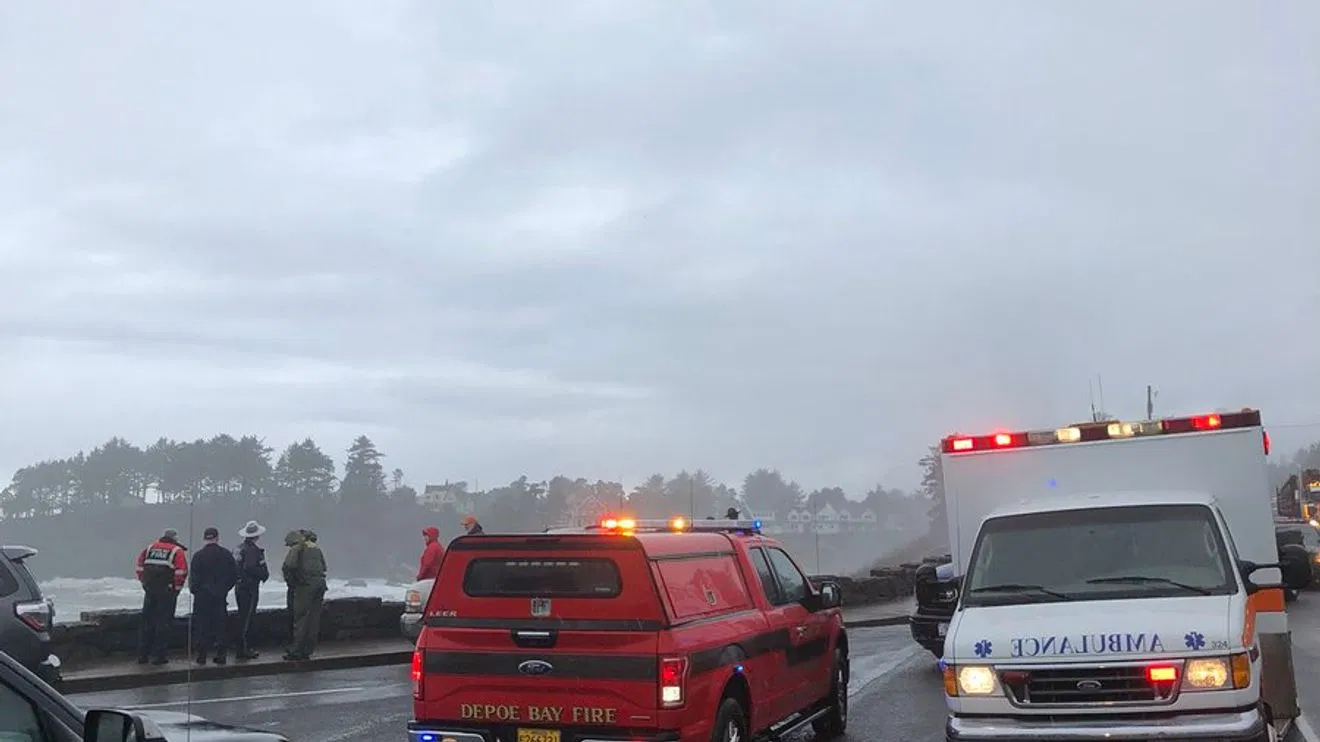The Oregon Transportation Commission recently approved 39 multi-modal projects from around the state for over $49 million in funding, provided by the Connect Oregon VI program. Two projects from Lincoln County were approved. The Newport Municipal Airport was awarded a Connect Oregon grant of $25,000 to add a Ground Link for direct communication with Seattle Air Route Traffic Control Center, (ARTCC); and updating the Automated weather observation system, (AWOS) Ceilometer. The total project will cost $40,000. The ground link will give pilots the ability to directly communicate with Seattle Air traffic controllers from the ground at Newport Municipal Airport through the aircraft’s radio.
The Ground Link will allow pilots to have better situational awareness and increase safety for aircraft leaving during inclement weather conditions. The AWOS Ceilometer model currently in use at Newport Municipal Airport is outdated, and is no longer serviceable should it stop working. The Ceilometer is a part of the AWOS system that provides pilots with cloud ceiling heights of the field; which is a vital information for pilots who are using the airfield for take-off and landing. Also approved to receive a grant for over $2-million was the Port of Toledo for their Boatyard Environmental Work Building. ConnectOregon focuses on improving connections among modes of travel while supporting Oregon’s economy.
Dedicated to non-highway projects, ConnectOregon was first approved by the Oregon legislature in 2005 and has funded more than 180 marine/ports, aviation, public transit, bike/ped and rail projects around the state with more than $380 million in funds generated by lottery-backed bonds. For ConnectOregon VI, 75 applications, requesting a total of over $88,million, were evaluated by modal committees and regional committees before going to the Final Review Committee. Considerations for qualified projects include reducing transportation costs for Oregon businesses, economic benefit to the state, critical links connecting transportation modes, readiness for construction, project cost borne by the applicant, and project useful life expectancy the offers maximum benefit to the state.
